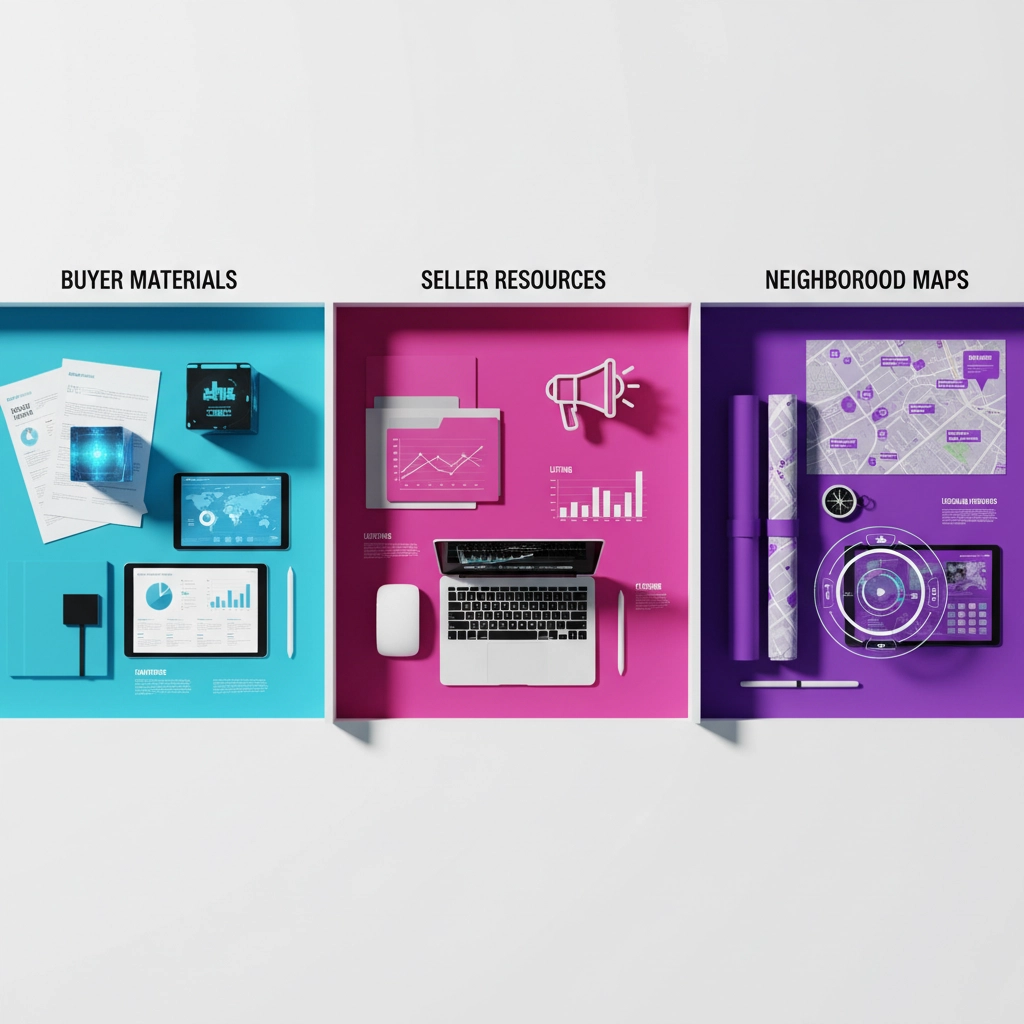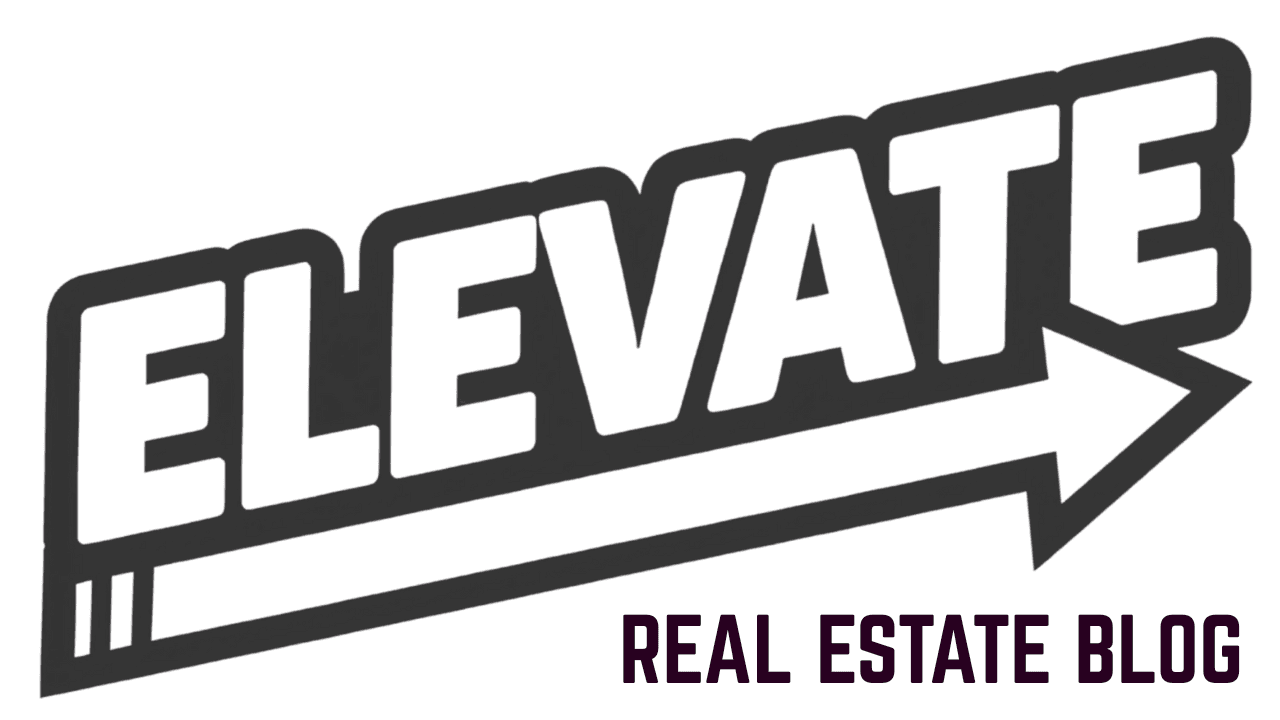Real estate drip campaigns convert more leads than manual follow-up. These automated email sequences deliver targeted content to prospects based on specific triggers and behaviors. When prospects sign up for property alerts or request market information, your drip campaign begins working immediately.
Automated drip campaigns solve the biggest challenge in real estate lead generation: consistent follow-up. Most agents lose potential clients because they fail to maintain regular contact. A properly configured drip campaign ensures no lead goes cold.
Why Drip Campaigns Generate More Business
Drip campaigns work because they automate relationship building at scale. Instead of manually tracking every lead interaction, your system handles the initial nurturing process while you focus on qualified prospects ready to transact.
The data supports this approach. Leads who receive drip campaign emails are 80% more likely to schedule appointments than those receiving sporadic manual outreach. Automated follow-up also increases referral rates from past clients by 35%.
Key benefits include:
- Consistent communication without manual effort
- Lead qualification through engagement tracking
- Personalized content delivery based on behavior
- Scalable nurturing as your database grows

Campaign Planning and Goal Setting
Define your campaign objectives before building any sequences. Different goals require different messaging strategies and timing intervals.
Lead Conversion Campaigns target prospects who submitted contact forms or downloaded property information. These campaigns provide market insights, property recommendations, and scheduling prompts over 4-6 weeks.
Client Retention Campaigns maintain relationships with past clients through market updates, home maintenance tips, and referral requests. These run indefinitely with monthly or quarterly touchpoints.
Geographic Farming Campaigns nurture prospects in specific neighborhoods through local market reports, community events, and new listing alerts.
Choose one campaign type initially. Multi-campaign strategies become complex quickly and dilute your messaging effectiveness.
Audience Segmentation Strategies
Segment your database before creating content. Generic messaging produces poor results compared to targeted communications.
Primary segmentation categories:
- Lead Source: Website forms, social media, referrals, open houses
- Property Type: Single-family, condos, luxury homes, investment properties
- Transaction Stage: Researching, actively looking, under contract
- Geographic Area: Specific neighborhoods, school districts, price ranges
Advanced segmentation uses behavioral triggers. Track email opens, link clicks, and website visits to identify engagement levels. High-engagement prospects receive more frequent communications and direct calls-to-action.
Platform analytics show which segments produce the most closed transactions. Focus your best content on these profitable segments.
Content Strategy and Email Sequences
Effective drip campaigns provide value before requesting action. Each email must offer useful information or insights that demonstrate your market expertise.
Welcome Series (3-5 emails over 2 weeks):
- Email 1: Introduction and expectations setting
- Email 2: Local market overview with recent sales data
- Email 3: Buyer or seller guide download
- Email 4: Neighborhood spotlight with photos
- Email 5: Scheduling invitation with calendar link
Monthly Nurture Series for long-term prospects:
- Market trend analysis with local statistics
- New listing highlights in their area of interest
- Home improvement tips that add value
- Community events and school district updates

Keep emails under 200 words. Include one clear call-to-action per message. Use personalization tokens for names and property preferences, but avoid over-automation that sounds robotic.
Technical Setup and Platform Selection
Choose platforms that integrate with your existing CRM and website. Popular options include Mailchimp, Constant Contact, and specialized real estate tools like BoomTown or Chime.
Essential technical requirements:
- Automated trigger setup based on lead actions
- Email template customization capabilities
- Analytics tracking for opens, clicks, and conversions
- CRM integration for lead scoring and contact management
- Mobile-optimized email rendering
Configure automation rules carefully. Test trigger conditions with sample contacts before launching campaigns. Incorrect settings can spam your entire database or miss qualified leads entirely.
Set up tracking pixels to monitor email performance. Track which subject lines generate higher open rates and which content drives website visits.
Multi-Channel Integration
Modern drip campaigns extend beyond email. SMS messages, social media retargeting, and direct mail create multiple touchpoints that increase conversion rates.
SMS Integration works for time-sensitive communications like new listings or price reductions. Keep messages under 160 characters with clear opt-out instructions.
Social Media Retargeting displays your listings to prospects who visited your website. Facebook and Instagram ads can supplement email campaigns with visual property content.
Direct Mail adds tangible impact for high-value prospects. Coordinate postcard mailings with email campaigns for reinforced messaging.
Tools like PWRU's automation platform can coordinate these channels from a single dashboard, ensuring consistent messaging across all touchpoints.
Performance Tracking and Optimization
Monitor key metrics to improve campaign effectiveness over time. Focus on actionable data rather than vanity metrics like total email opens.
Critical metrics include:
- Conversion Rate: Percentage of recipients who schedule appointments
- Engagement Score: Combined opens, clicks, and website visits
- Unsubscribe Rate: Should remain under 2% monthly
- Lead-to-Close Ratio: Tracks campaign ROI through actual sales
A/B test subject lines, sending times, and email content regularly. Small improvements in open rates compound significantly across large contact databases.

Review campaign performance monthly. Pause underperforming sequences and expand successful campaigns to larger audience segments.
Advanced Automation Workflows
Complex workflows trigger different campaign paths based on prospect behavior. If someone clicks property links repeatedly but never responds to scheduling requests, they move to a different sequence focused on market education rather than immediate appointments.
Behavioral Triggers create dynamic campaign paths:
- High engagement leads receive accelerated follow-up
- Non-responders get re-engagement campaigns
- Price reduction alerts trigger targeted property suggestions
Lead Scoring Integration ranks prospects based on campaign engagement. High-scoring leads generate immediate alerts for personal outreach.
Dynamic Content personalizes emails based on property searches, price ranges, and location preferences stored in your CRM.
Compliance and Best Practices
Maintain CAN-SPAM compliance with clear sender identification, honest subject lines, and easy unsubscribe options. Include your physical business address in every email footer.
Real estate-specific compliance includes:
- Fair Housing Act compliance in property recommendations
- State licensing disclosures in email signatures
- Do Not Call Registry compliance for SMS campaigns
Store consent records for all subscribers. Document opt-in dates and methods for potential audits.
Implementation Timeline
Launch your first drip campaign within 30 days. Start with a simple welcome series for new leads before expanding to complex multi-path workflows.
Week 1-2: Set up platform and import contact segments
Week 3: Create welcome series content and automation rules
Week 4: Test campaigns with small contact groups and launch
After 60 days of data collection, analyze performance and create additional campaigns for different lead sources or property types.
Maximizing Campaign ROI
Successful drip campaigns require consistent optimization and fresh content. Schedule quarterly reviews to update market statistics, refresh email templates, and expand high-performing sequences.
Consider integrating advanced analytics tools that track campaign impact on actual closings, not just email metrics. PWRU's Pulse Intelligence connects marketing activities directly to transaction outcomes, showing true campaign ROI.
Ready to build automated drip campaigns that convert more leads into clients? Start your free trial and access proven email templates designed specifically for real estate professionals.




